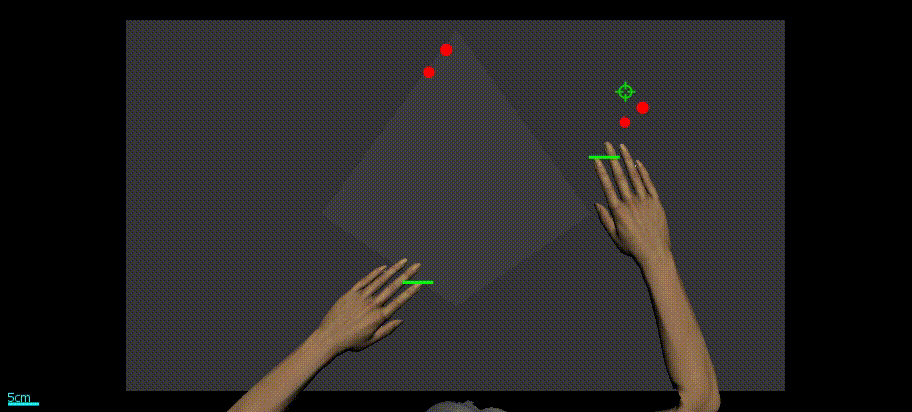
Children with hemiparetic cerebral palsy may use ineffective visual strategies in planning and executing movements, contributing to their motor impairments. To perform an action such as reaching for a toy, vision is first used to search the environment to identify relevant information. Visual information is then used to select an action and generate a motor plan. During the execution of a movement, vision is used to facilitate accuracy. These typical processes may be altered in children with hemiparetic cerebral palsy. Children with hemiparetic cerebral palsy may have difficulty with visual search processes, or may not direct their attention to the environment features necessary to plan movements. When moving their arms, children with hemiparetic cerebral palsy may be over-reliant on visually monitoring their hand position rather than focusing on the target or monitoring the environment. We are using gaze tracking during robotic tasks to examine visual strategies in typically developing children and children with hemiparetic cerebral palsy. We are examining where children are directing their visual attention while moving their hand through a maze, as well as when performing bilateral reaching movements in which they cannot visually attend to both targets at once. We also manipulate visual feedback to measure the reliance on vision. Understanding visual strategies will lead to new treatment options targeting vision to improve movement ability.
Funding: Academy of Pediatric Physical Therapy Research Grant
Want to volunteer for this project? Visit our Volunteer for a Study page to learn how you can contribute research data!
Want to join our team? Visit our Prospective Lab Members page to learn how you can be a part of the NeuRAL lab!